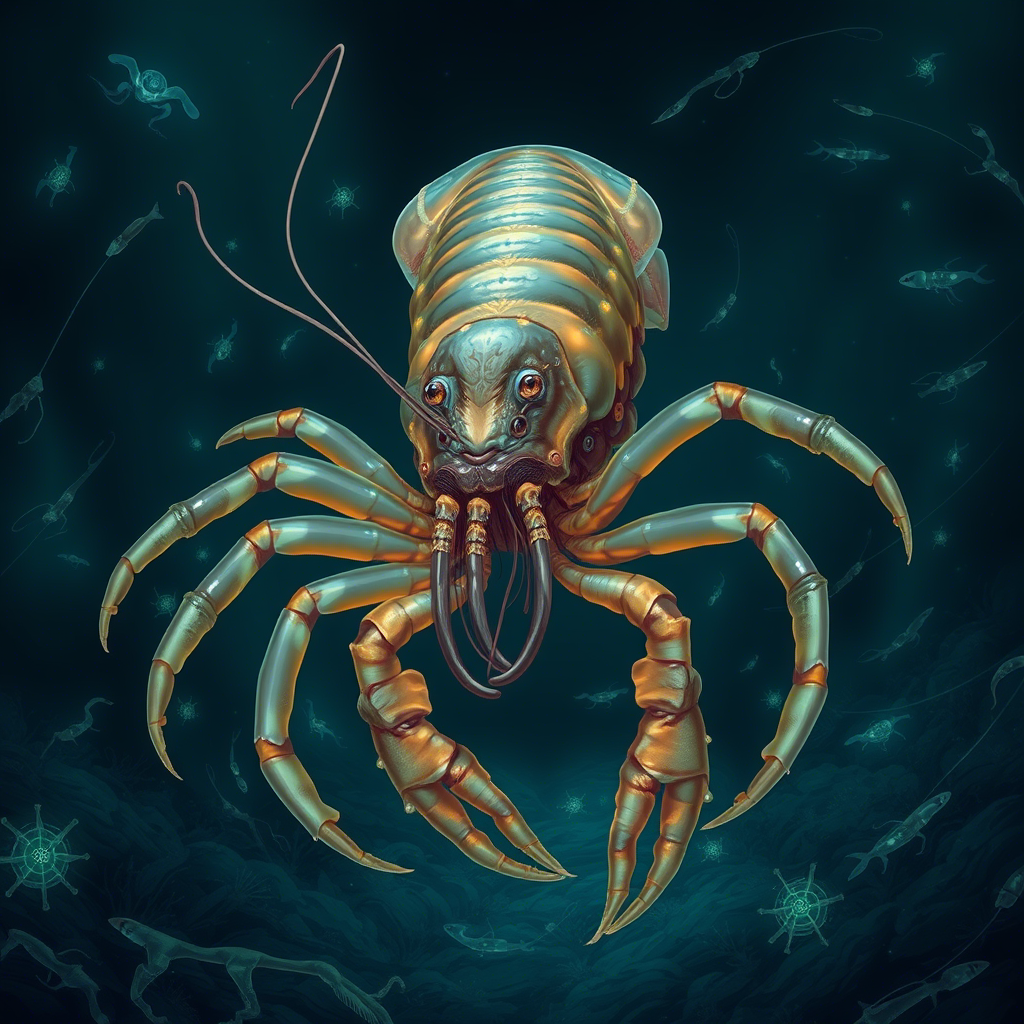New Study Suggests Vast Seafloor Areas Could Host Rare Giant Species

New Study Suggests Vast Seafloor Areas Could Host Rare Giant Species
Deep in the ocean’s darkness, far below the surface, lives a rarely observed creature known as Alicella gigantea . This crustacean holds the title of the largest amphipod — a group typically no bigger than a fingernail. Yet A. gigantea can grow up to 34 centimeters (13.4 inches), making it a true giant among its kind.
For a long time, these animals were believed to be extremely rare due to few sightings. However, recent studies suggest they may actually inhabit nearly 60% of the world’s oceans. Their perceived scarcity likely reflects our limited ability to explore the deep sea, rather than their true numbers.
This discovery highlights how little we still know about life in the ocean’s deepest and darkest zones.
“Compared to other deep-sea amphipods, Alicella gigantea has been rarely observed or collected, which led scientists to assume it was uncommon,” explains Paige Maroni, a marine molecular biologist from the University of Western Australia.
She adds, “Because sightings are so rare, we know very little about its population structure, genetic diversity, or how it reproduces — with only seven DNA studies published to date.”
The difficulty in studying this creature lies in its habitat. It lives in the deepest parts of the ocean, far below 3,000 meters, where conditions are extreme. Even before reaching that depth, at around 1,000 meters, sunlight vanishes, temperatures plummet, and darkness becomes absolute. With miles of water pressing down, the pressure is intense — making exploration a major challenge.
The extreme conditions of the deep sea — so hostile to humans — help explain why our exploration of it remains extremely limited. That’s why our knowledge of life in these depths is still very incomplete.
To learn more, Maroni and her team gathered and analyzed 195 recorded sightings of A. gigantea from 75 locations across the Atlantic, Pacific, and Indian Oceans, at depths ranging from 3,890 to 8,931 meters. The researchers also collected and genetically sequenced new specimens, finding them in deep oceanic fracture zones in the Pacific and Indian Oceans.
Genetic analysis showed surprising similarities among populations in different regions, suggesting these creatures are more widely connected than previously believed. Based on their findings, the team estimates that A. gigantea may inhabit around 59 percent of the global seafloor within its preferred depth range.
Earlier research on deep-sea amphipods suggests that A. gigantea ‘s lack of pigmentation — unusual compared to most amphipods, which often have reddish tones — could be due to the absence of major predators in its environment. This may help explain how the species has managed to spread so widely.
Maroni adds, “As we push deeper into the ocean with new exploration techniques, more evidence is emerging that the largest deep-sea crustacean is much more common than we once believed.”
The findings are published in the journal Royal Society Open Science .





